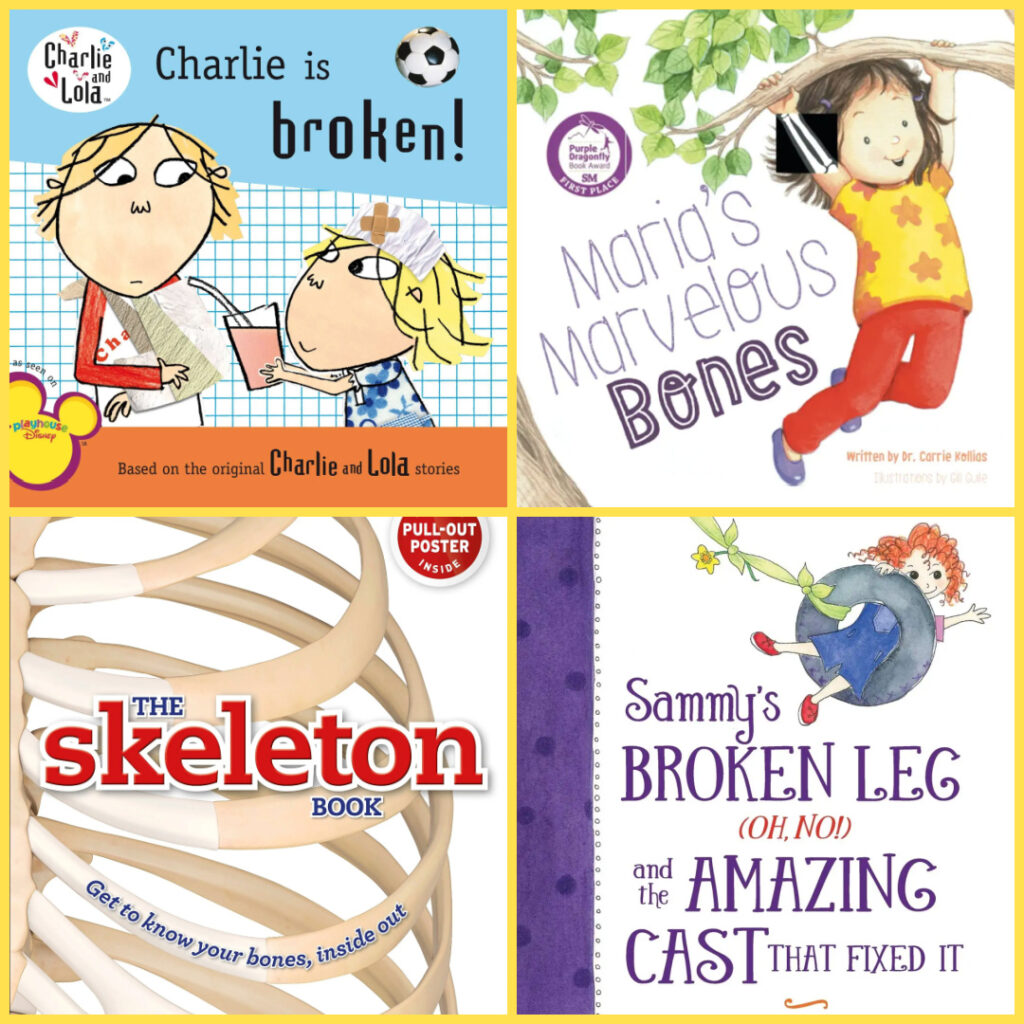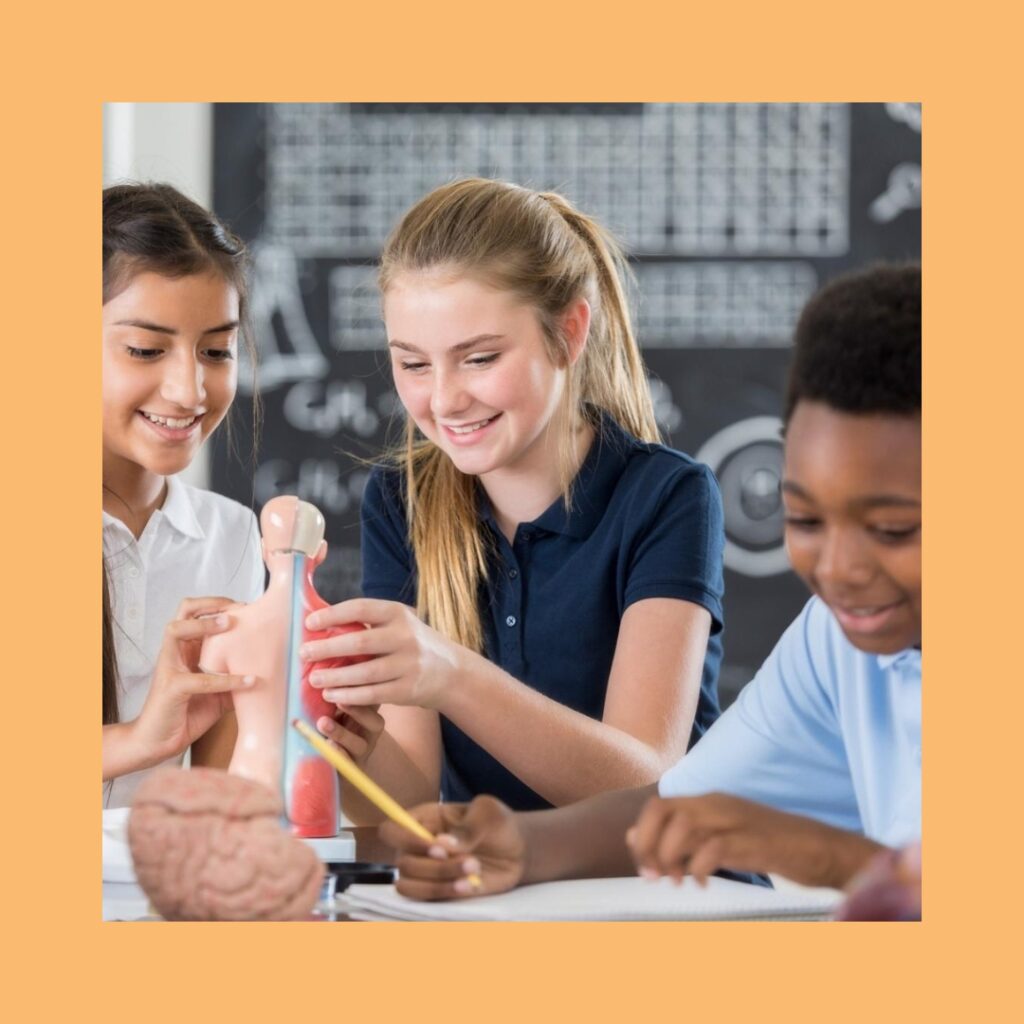9 Fascinating Facts About Bones

Let’s learn some fun facts about your brilliant bones and skeleton!
Bones are some of the coolest and creepiest parts of the human body. Around Halloween, lots of spooky skeletons are hanging around town. Otherwise, you usually don’t see bones but can feel them inside your body. Knock on your forehead, and you’ll easily hear a “thunk” sound.
9 Fun facts about your skeleton
Which cool bone facts have you heard before?
Which of these facts are new to you?
Fun fact #1: Babies have more bones than adults.
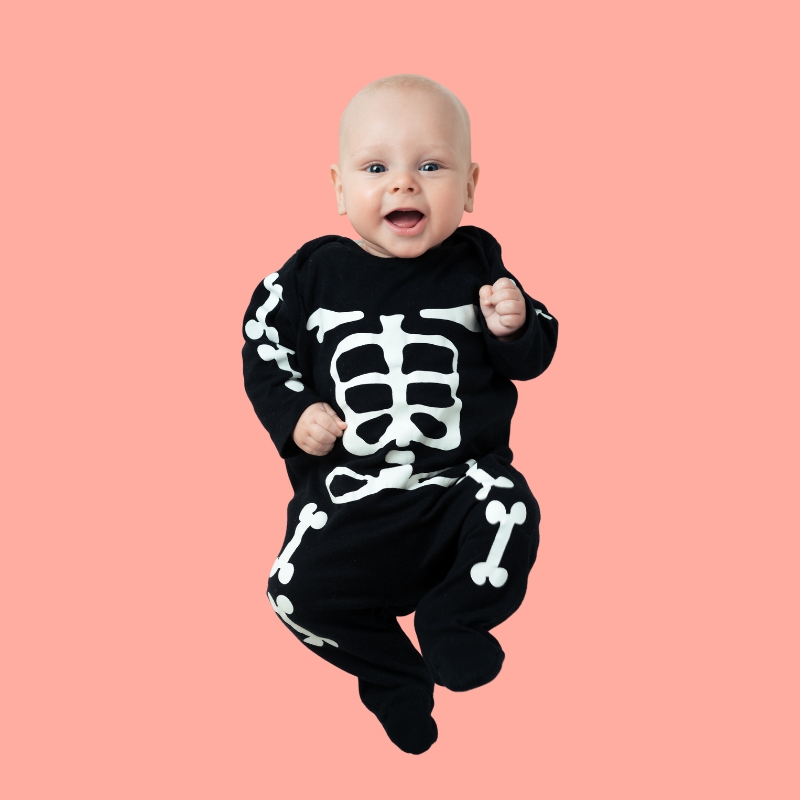
It’s true: babies start life with more bones than their parents!
Babies are born with around 300 bones, while adults have 206.
Why are the numbers so different?!
Baby bones are soft and mostly made of cartilage. As bones grow, some fuse together, which means they combine.
Fun fact #2: Some kids are born with extra bones.
Does this fact about bones surprise you?
Most kids have ten fingers and toes, but some are born with an extra finger or toe.
Most people have 12 ribs on each side of their rib cage, but some are born with a 13th rib!
Fun fact #3: The longest bone is in your thigh.
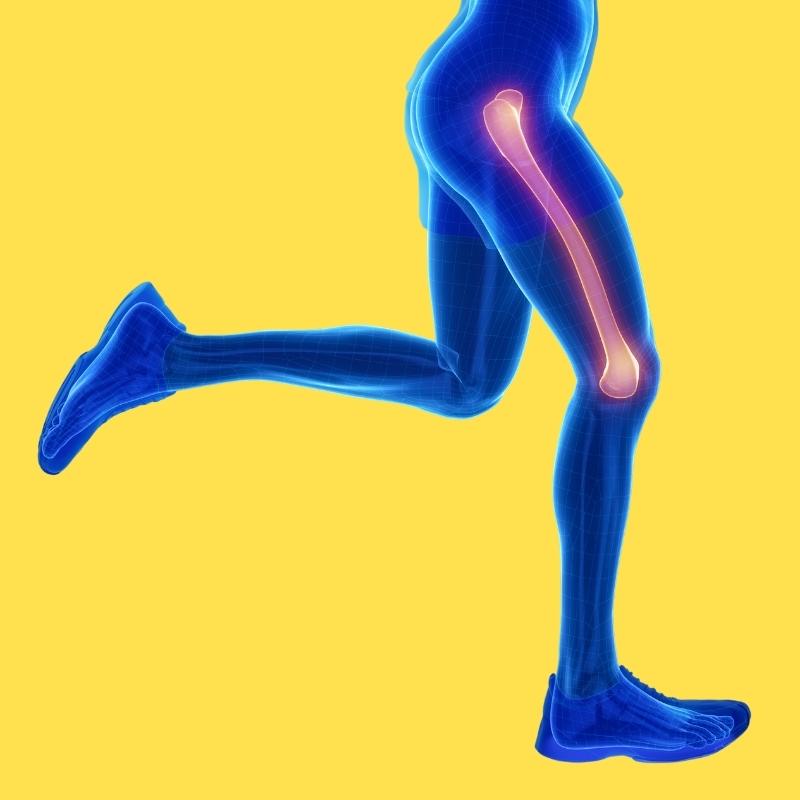
The femur is the longest bone, and it’s located in your thigh.
It’s also the strongest bone in the human body – stronger than steel and concrete.
Kids can walk, dance, and exercise, thanks to the long and strong femur bone.
Fun fact #4: The smallest bone is in your ear.
The tiniest of your bones are inside your ear. You have three mini bones behind the ear drum in each ear, and the smallest bone is the stapes. It’s about as small as a grain of rice.
Even though your ear bones are small, they are very important! They work together to help you hear.
Fun fact #5: Your skeleton is soft on the inside and hard on the outside.
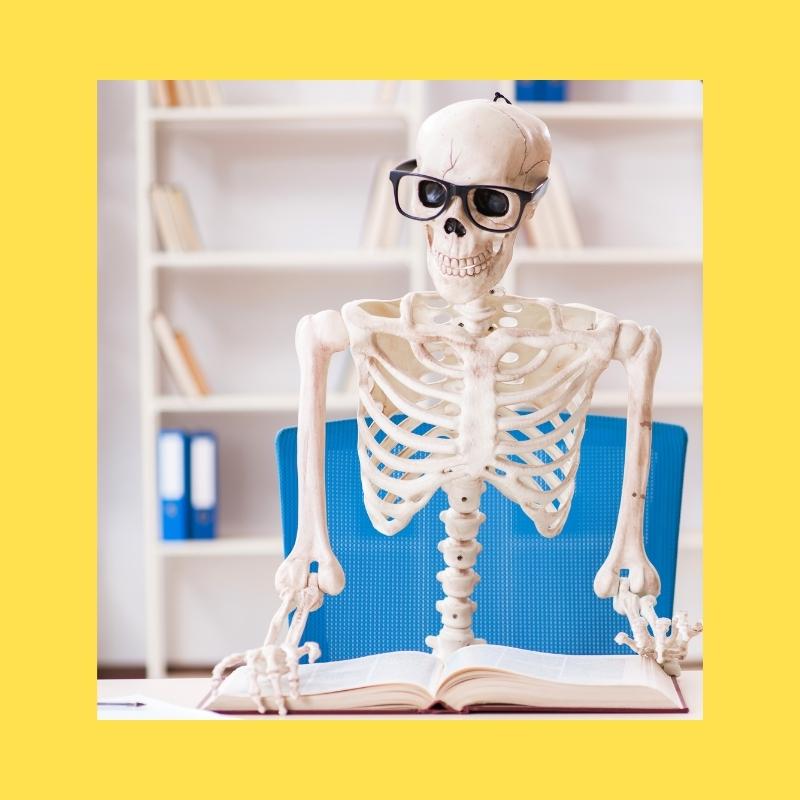
The inside of your bones contains bone marrow and blood vessels. This is where blood cells are made.
The outside of bones are rigid and tough. This gives your body shape and structure.
Fun fact #6: Doctors can see your skeleton.
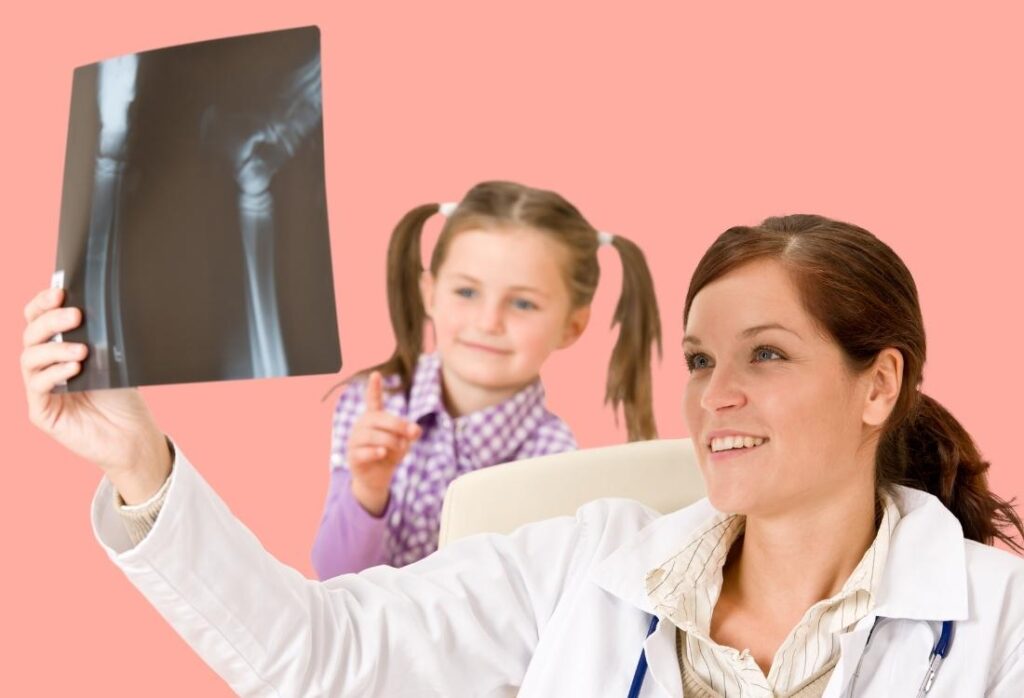
Thanks to technology, you can see this fun fact about bones. Doctors can take a close look at your bones by taking black-and-white pictures called X-rays.
Kids often get their first X-ray as a toddler going to the dentist.
Otherwise, you don’t usually need an X-ray unless a doctor checks for broken bones, prepares for surgery, or needs to inspect your growth.
Fun fact #7: Teeth are not bones.
Teeth have a lot in common with bones. They are white, hard, and made of minerals like calcium and phosphorus. You can see them on X-rays.
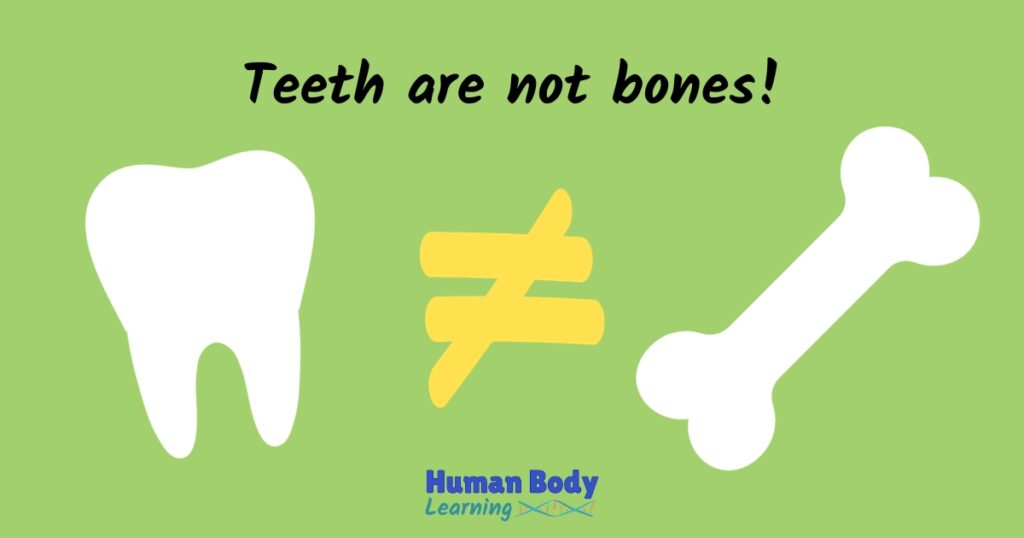
But there’s a big difference: bones have collagen, a special protein that is strong and flexible.
Also, broken teeth cannot heal like broken bones. When chipped or cracked, a tooth can’t naturally heal and regenerate like bones.
Fun fact #8: Some bones are not connected.
Most bones are connected to others, but some are not.
For example, the hyoid bone is shaped like the letter U, and it’s located in your neck.
The hyoid bone connects your tongue to your voice box. It helps you talk, swallow, and move your tongue.
Fun fact #9: Your hands have more bones than other body parts.
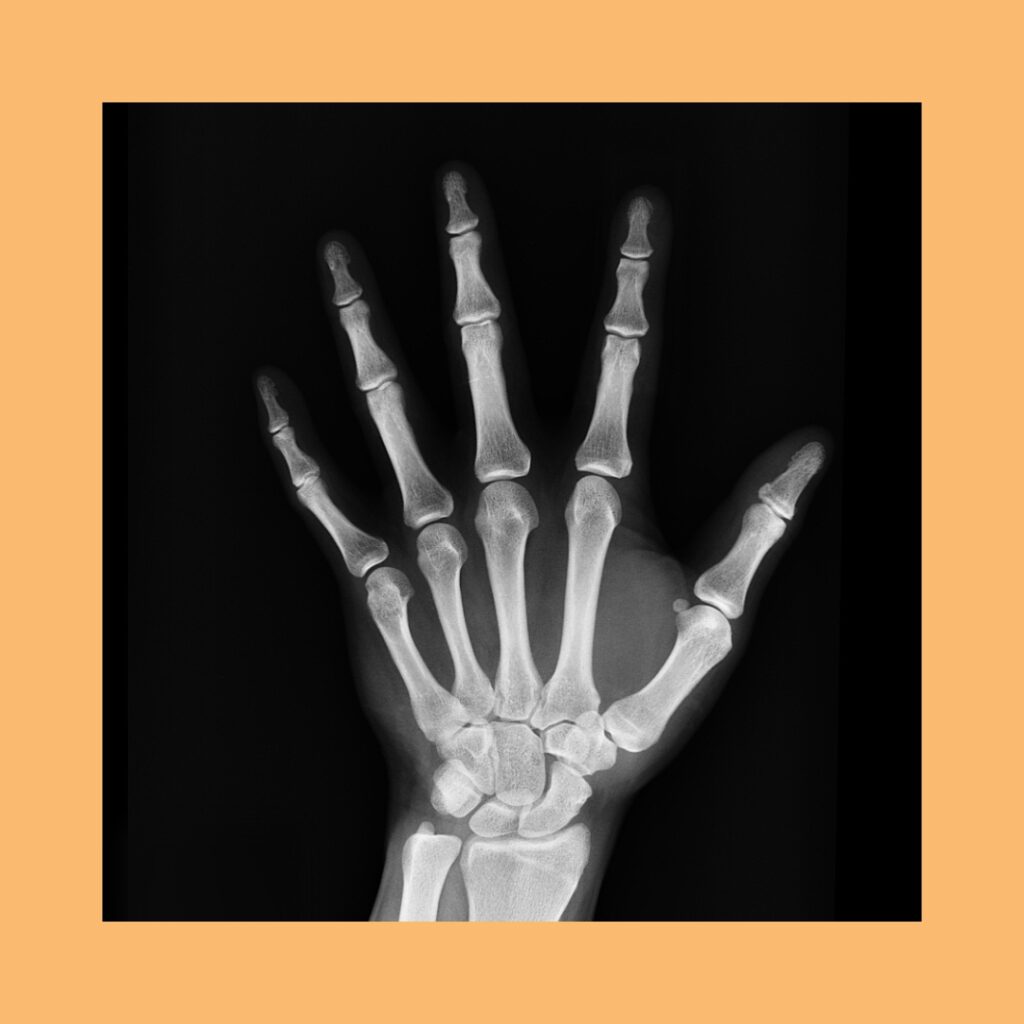
Each hand, including the wrist, has 27 bones.
That’s more than the 14 bones in your face and the 26 bones in each foot!
Why do hands have so many bones? Those little bones give you lots of flexibility to grab, hold, draw, and do everything you want.
Learn more about your skeleton and other amazing organs
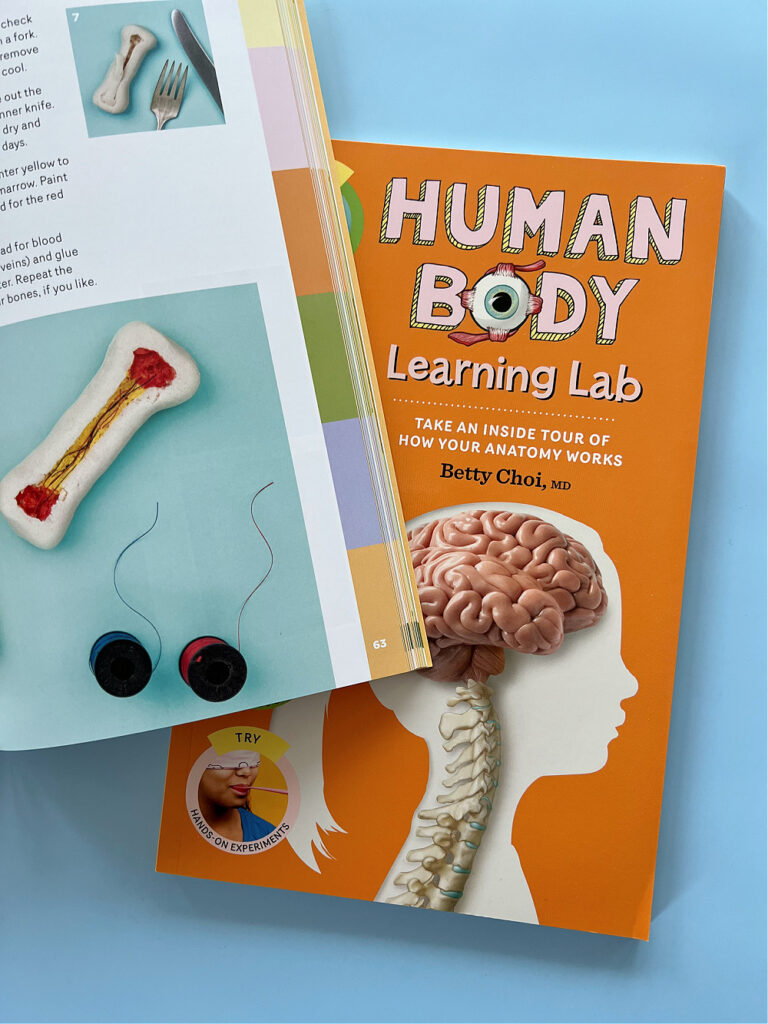
Human Body Learning Lab is the best anatomy book for kids of all ages! Learn how to build realistic bones in 5 steps with a salt dough bone model.
Most of the time, our bones stay in place when we jump and move around. Whew!
But why do bones sometimes break?
Try a simple science experiment to help kids understand fun facts about bone fractures!
Published on December 19, 2023. Updated on January 18, 2024 by Betty Choi, MD
Published on December 19, 2023. Updated on January 18, 2024 by Betty Choi, MD

Betty Choi, MD
Dr. Betty Choi is a Harvard-trained pediatrician who makes learning fun and doable. She created the kids’ anatomy book Human Body Learning Lab, which Science Magazine recommended as a “notable standout in the genre.”

